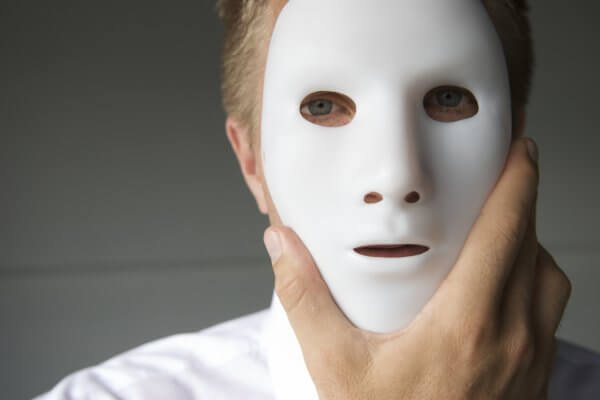Moebius Syndrome is a congenital disease considered rare (with 1 in every 120,000 live births in our country) which most visible manifestations are a "mask face", that is, a expressionless face due to the paralysis of the nerves that give movement to the muscles that control mimicry and expression (forehead, eyebrows, eyelids, lips ...), and the lack of blinking and lateral ocular mobility.
The diagnosis of Moebius syndrome is usually made at the time of birth, since the newborn presents an amimic face. Regarding its causes, although it is still a fairly unknown area, there are studies that point to vascular accidents of the embryo during the first trimester of pregnancy (linked to vasoactive drugs, hyperthermia, maternal trauma, etc.) and a congenital component has also been detected in about one third of the cases studied. However, the exact cause of this disease remains unknown and medical literature presents theories that are in conflict.
The treatment of this disease is fundamentally surgical, through two types of surgery: on the one hand, those of active facial resuscitation, which aim to give mobility and facial expression (Myoplasty of temporal muscle elongation according to the Labbé technique, transplantation of a muscle of the thigh to the face,...). On the other hand, there are the techniques that improve the facial static (fascia flaps, tension threads, etc). These procedures are also accompanied by non-surgical therapies, such as the use of artificial tears, facial stimulation, night eye seal, etc.
Although Moebius syndrome is often accompanied by other physical problems, such as malformations of the feet and hands, strabismus, or cleft palate, those affected do not show any intellectual deficit.
In the Maxillofacial Institute we have had the opportunity to treat Marta, a patient with Moebius syndrome, whose treatment has consisted mainly of orthognathic surgery to correct her malocclusion and harmonize her facial skeleton, a myoplasty of lengthening of the temporal muscle, to improve mobility of the labial commissures and give her the ability to smile, and finally fascia lata (thigh muscle) grafts to suspend the lower lip, in addition to therapeutic speech therapy sessions.








